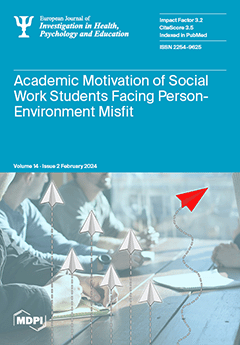Background: This study investigated whether combining simultaneous physical and cognitive training yields superior cognitive outcomes compared with aerobic training alone in individuals with mild cognitive impairment (MCI) and whether these benefits persist after four weeks of detraining.
Methods: Forty-four people with MCI (11 males and 33 females) aged 65 to 75 years were randomly assigned to an 8-week, twice-weekly program of either aerobic training (AT group,
n = 15), aerobic training combined with cognitive games (ACT group,
n = 15), or simply reading for controls (CG group,
n = 14). Selective attention (Stroop), problem-solving (Hanoi Tower), and working memory (Digit Span) tasks were used to assess cognitive performances at baseline, in the 4th (W4) and 8th weeks (W8) of training, and after 4 weeks of rest (W12).
Results: Both training interventions induced beneficial effects on all tested cognitive performance at W4 (except for the number of moves in the Hanoi tower task) and W8 (all
p <0.001), with the ACT group exhibiting a more pronounced positive impact than the AT group (
p < 0.05). This advantage was specifically observed at W8 in tasks such as the Stroop and Tower of Hanoi (% gain ≈40% vs. ≈30% for ACT and AT, respectively) and the digit span test (% gain ≈13% vs. ≈10% for ACT and AT, respectively). These cognitive improvements in both groups, with the greater ones in ACT, persisted even after four weeks of detraining, as evidenced by the absence of a significant difference between W8 and W12 (
p > 0.05). Concerning neuropsychological assessments, comparable beneficial effects were recorded following both training regimens (all
p < 0.05 from pre- to post-intervention). The control group did not show any significant improvement in most of the cognitive tasks.
Conclusions: The greater mid-term and long-lasting effects of combined simultaneous physical–cognitive training underscores its potential as a cost-effective intervention for the prevention and management of cognitive decline. While these results are valuable in guiding optimal physical and mental activity recommendations for adults with MCI, further neurophysiological-based studies are essential to offer robust support and deepen our understanding of the mechanisms underlying these promising findings.
Full article






